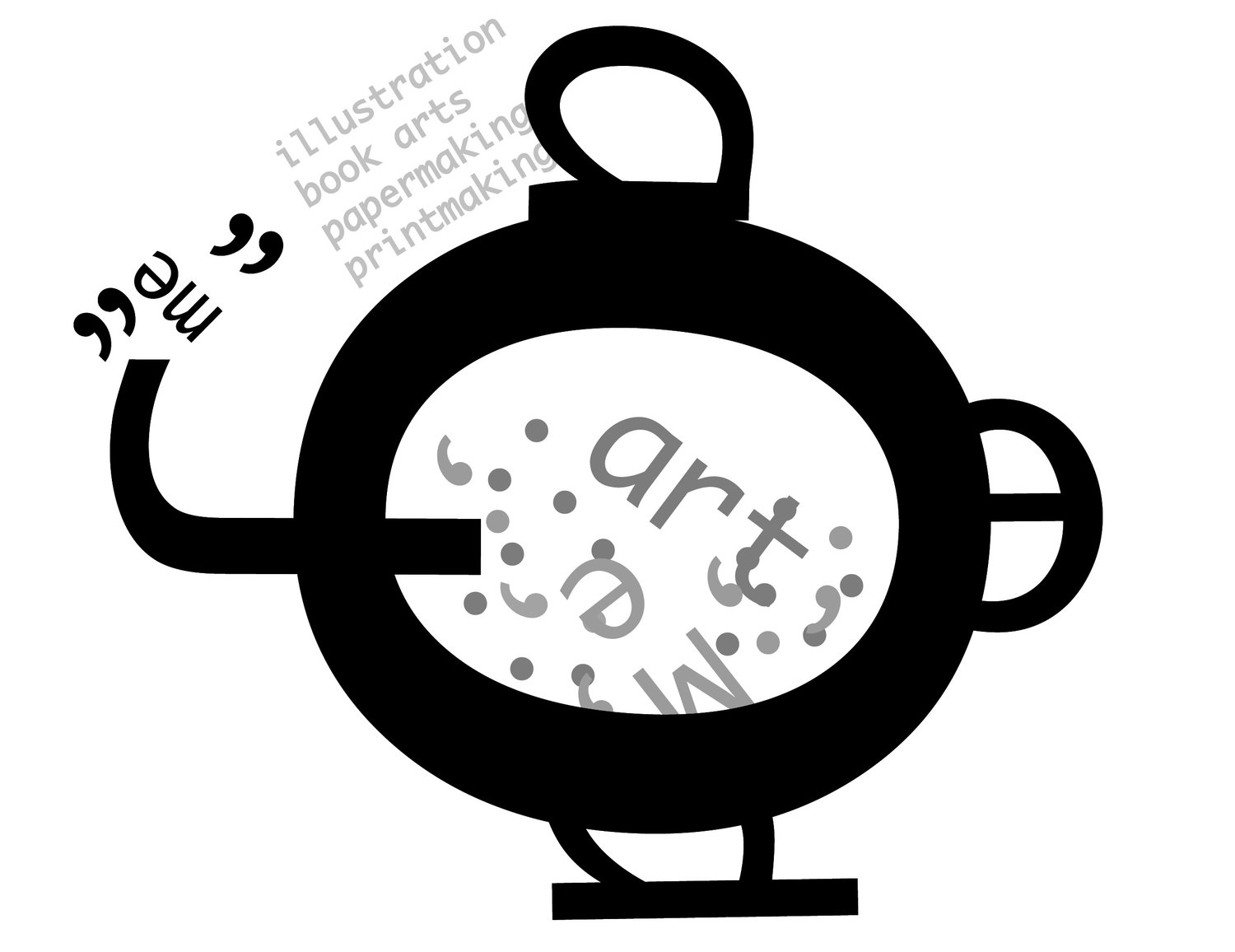My current work uses several methods of printmaking; monoprinting, lithography, digital and silkscreen. The idea is the power and dynamics of mark making and its relationship to languages. Through my work as a language therapist I have come to learn more about the development of the English alphabet. It began with the exchange between ancient cultures of the Mediterranean Sea. Marks that were the river delta, the sun, an ox's head became alphabetic symbols for communication . A system is the organization of symbols into a language. We have visual and textual systems. My prints play with both kinds of marks.
My photos show a digital European map from 1504. The orange color is a monoprint of sandpaper. This adds texture and connects to primitive drawing in sand, mud and on stone walls. The next layers are photo-lithographs inspired by Southwestern petroglyphs, and early alphabet writing. I plan additional handmade paper printed with marks from ancient Sumerian writings and medieval manuscripts. Those prints will be drawn on lithographic stones.
Why printmaking and layers? Because it reflects the layers of thinking, culture, time and the single energy of connecting the human hand to expression. This is important today, as we become more and more technology based. Are we human if we forget the first power and feeling of using our hands, eyes and physical tools, such as the charcoal stick, to make and expressive mark? Technology gets unplugged, outdated, bugged. But there is an integrity that can last thousands of years and we can still understand in cave painting, hieroglyphs and rock walls.
If you are new to printmaking and would like to learn more I recommend several books. One is Simple Printmaking by Gwen Diehn and the Complete Printmaker: Techniques, Traditions, and Innovation by John Ross. Printmaking can begin with very simple tools and materials. It's a great way to discover your environment and enjoy the beauty of marks and textures.


